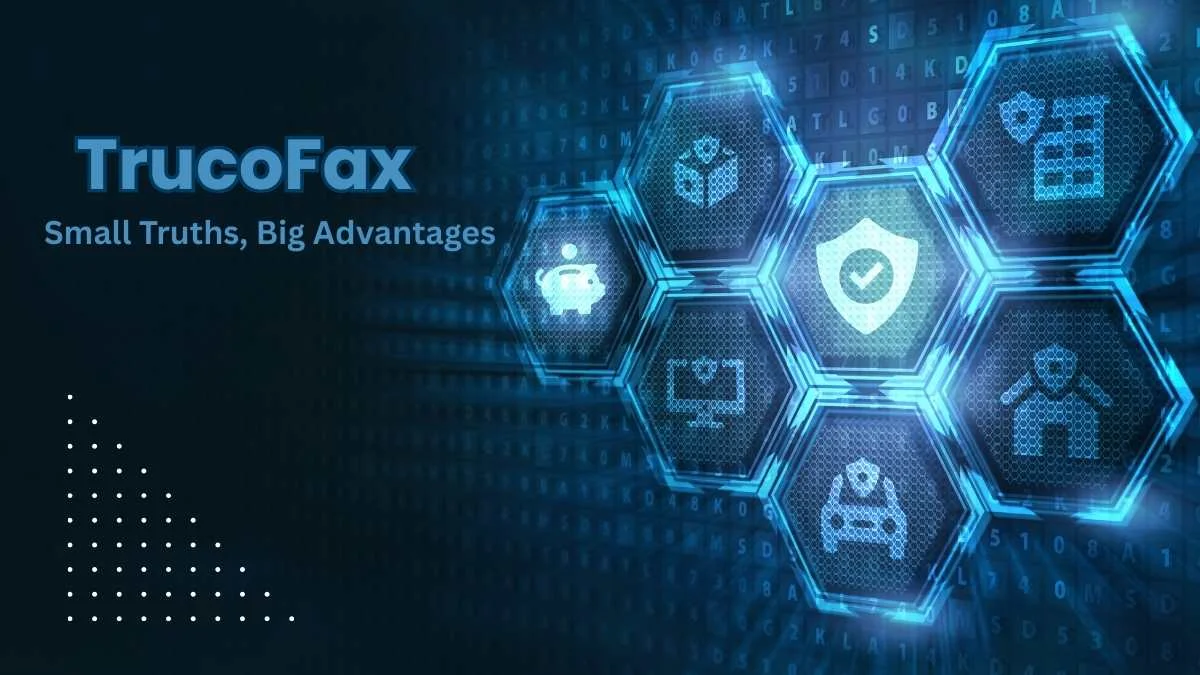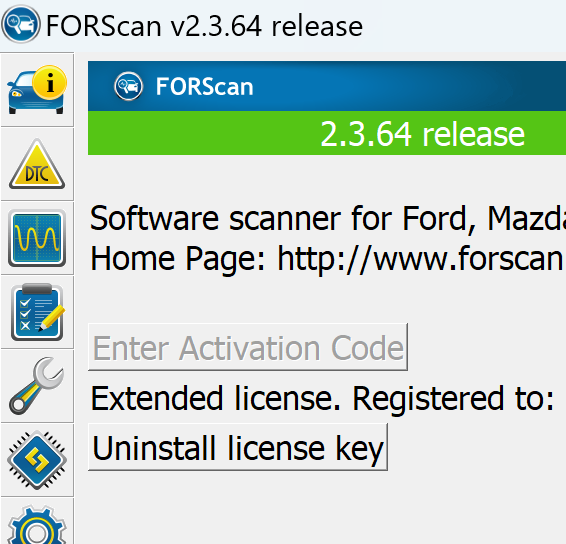When you come across a new concept, it’s natural to feel curious. Trucofax has become one of those terms that sparks questions across communities, industries, and even social networks. While the name may sound unusual, its meaning and utility are far-reaching. This article unpacks the idea in detail—its origins, uses, benefits, limitations, and future possibilities. If you’ve ever wondered what trucofax is all about, this guide will clear the fog.
What is Trucofax?
At its core, trucofax can be understood as a structured approach, tool, or system designed to simplify and organize information. The term often appears in discussions around digital platforms, knowledge-sharing frameworks, and workflow optimization.
Think of it like a filing cabinet in the digital age. Instead of papers tucked into folders, trucofax categorizes, structures, and delivers information in a logical way. People search for trucofax because it answers a universal problem: managing data and processes effectively in a cluttered world.
The History and Background of Trucofax
Every concept has roots. Trucofax didn’t appear overnight. It grew out of the need for better organization, particularly as businesses and individuals moved from traditional paperwork into the digital space.
- Early Mentions: The earliest traces of trucofax appeared in niche technical communities, where information flow was a growing problem.
- Evolution: As digital platforms expanded, the need for efficient systems led to wider recognition of trucofax methodologies.
- Modern Day: Now, trucofax has become associated with efficiency, knowledge management, and adaptive frameworks across multiple industries.
An interesting case study comes from an educational institution that experimented with trucofax-inspired models. By restructuring its student data management system, administrators reduced redundant entries by 40%. This saved countless hours and reduced confusion among staff.
Key Features and Benefits of Trucofax
Main Elements of Trucofax
Trucofax operates on a handful of core principles. Each part contributes to making it effective:
- Categorization Layer: Breaks down complex information into manageable sections.
- Integration Features: Connects with different platforms, ensuring seamless data exchange.
- User-Friendly Interface: Simplifies access, making it easy for both technical and non-technical users.
- Scalability Options: Grows with the user’s needs, whether for individuals or large enterprises.
Together, these components create a well-rounded framework that adapts to varied environments.
Why Trucofax Stands Out
Several benefits explain why trucofax garners attention:
- Saves Time: Eliminates repetitive processes and manual tracking.
- Improves Accuracy: Structured systems reduce errors and miscommunication.
- Boosts Collaboration: Team members access shared knowledge effortlessly.
- Adaptability: Works in business, education, healthcare, or even personal projects.
A survey conducted among small businesses revealed that organizations adopting trucofax-like systems saw productivity improvements of up to 22%.
How Trucofax Works
Technical Overview of Trucofax
You don’t need to be an engineer to understand how trucofax functions. Imagine a highway system. The lanes represent categories of data, intersections symbolize integrations, and signboards act as user interfaces guiding the way. This creates a seamless flow of information from point A to B.
Here’s a simplified diagram:
[ User Access ]
↓
[ Categorization & Organization ]
↓
[ Integration Layer ]
↓
[ Core Data Storage ]
This layered approach ensures that users don’t get lost in complexity.
Practical Applications of Trucofax
- Education: Students and teachers access assignments, schedules, and resources without confusion.
- Healthcare: Patient records remain secure yet accessible to authorized staff.
- Business Operations: Teams streamline projects and share updates in real-time.
- Community Organizations: Volunteers and managers coordinate tasks effectively.
For instance, a nonprofit used trucofax principles to track donations, volunteer hours, and event planning. The result? A 30% increase in participation and smoother coordination.
Challenges and Limitations of Trucofax
Nothing is flawless, and trucofax is no exception. Some hurdles include:
- Learning Curve: Beginners may need guidance to get started.
- Security Risks: Like any connected system, it requires strong safeguards.
- Costs: Advanced implementations may feel expensive for small groups.
- Customization Barriers: Adapting the system to very specific needs can take effort.
A common myth is that trucofax works instantly without setup. In reality, planning and adjustment are vital. It’s like planting a tree—you need the right soil, water, and care before enjoying the shade.
Future of Trucofax
The road ahead for trucofax looks promising. Experts predict several exciting shifts:
- AI Integration: Smarter automation will enhance efficiency.
- Global Adoption: International organizations may rely on it for cross-border projects.
- Sustainability Focus: Green tech will align with trucofax-inspired solutions.
- Personalization: Customized versions will serve industries like retail, logistics, and finance.
One recent report suggested that adaptable frameworks like trucofax could dominate organizational strategies by the end of the decade. Its versatility makes it an attractive long-term solution.
Trucofax vs. Alternatives
How does trucofaxs compare with other systems? Here’s a quick breakdown:
| Feature | Trucofax | Alternative A | Alternative B |
| Ease of Use | High | Medium | Low |
| Scalability | Excellent | Good | Limited |
| Cost Efficiency | Moderate to High | Low | Moderate |
| Collaboration Support | Strong | Partial | Weak |
| Security | Strong with proper setup | Average | High |
While alternatives may excel in isolated areas, trucofax often provides a balanced mix of accessibility, scalability, and security.
Getting Started with Trucofax
Beginner’s Guide to Trucofax
If you’re just beginning, follow these steps:
- Assess Needs: Identify the areas where you need better structure.
- Choose a Platform: Select a trucofax-compatible tool or framework.
- Pilot Program: Start small, perhaps with one project or department.
- Expand Gradually: Scale usage as familiarity grows.
This incremental approach avoids overwhelm and builds confidence.
Best Practices for Trucofax Success
- Invest in Training: Teach your team to use the system effectively.
- Secure Data: Regular updates and checks protect sensitive information.
- Monitor Growth: Track usage and performance to refine strategy.
- Stay Flexible: Adapt settings as your needs evolve.
Common pitfalls include skipping training or ignoring security protocols. Avoid these mistakes to maximize benefits.
FAQs About Trucofax
Q1: What does trucofax mean in plain words?
It’s a structured method for managing and organizing data efficiently.
Q2: How does trucofax work for beginners?
Think of it as a digital organizer that categorizes and delivers information seamlessly.
Q3: Is trucofax reliable?
Yes, with proper configuration and security measures.
Q4: Where can I learn more about trucofax?
Look into professional forums, research articles, and case studies discussing its adoption.
Final Thoughts on Trucofaxs
Trucofaxs isn’t just a buzzword—it’s a powerful framework that addresses real-world challenges. From streamlining workflows to enhancing collaboration, it provides value across industries. While it comes with challenges like setup complexity and security considerations, the long-term gains outweigh the hurdles.
Whether you’re a student, entrepreneur, or community leader, embracing trucofaxs can open doors to efficiency and growth. Start small, learn as you go, and you’ll soon discover its true potential.














Leave a Reply